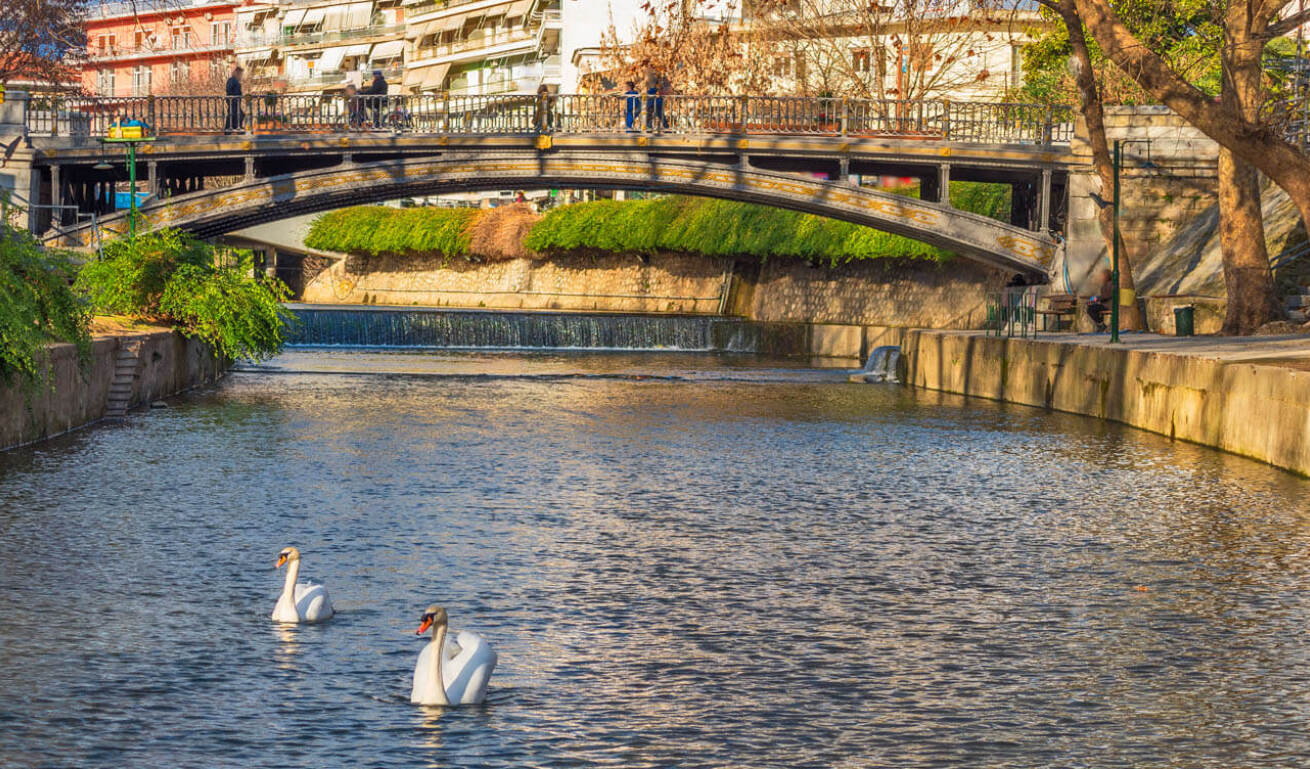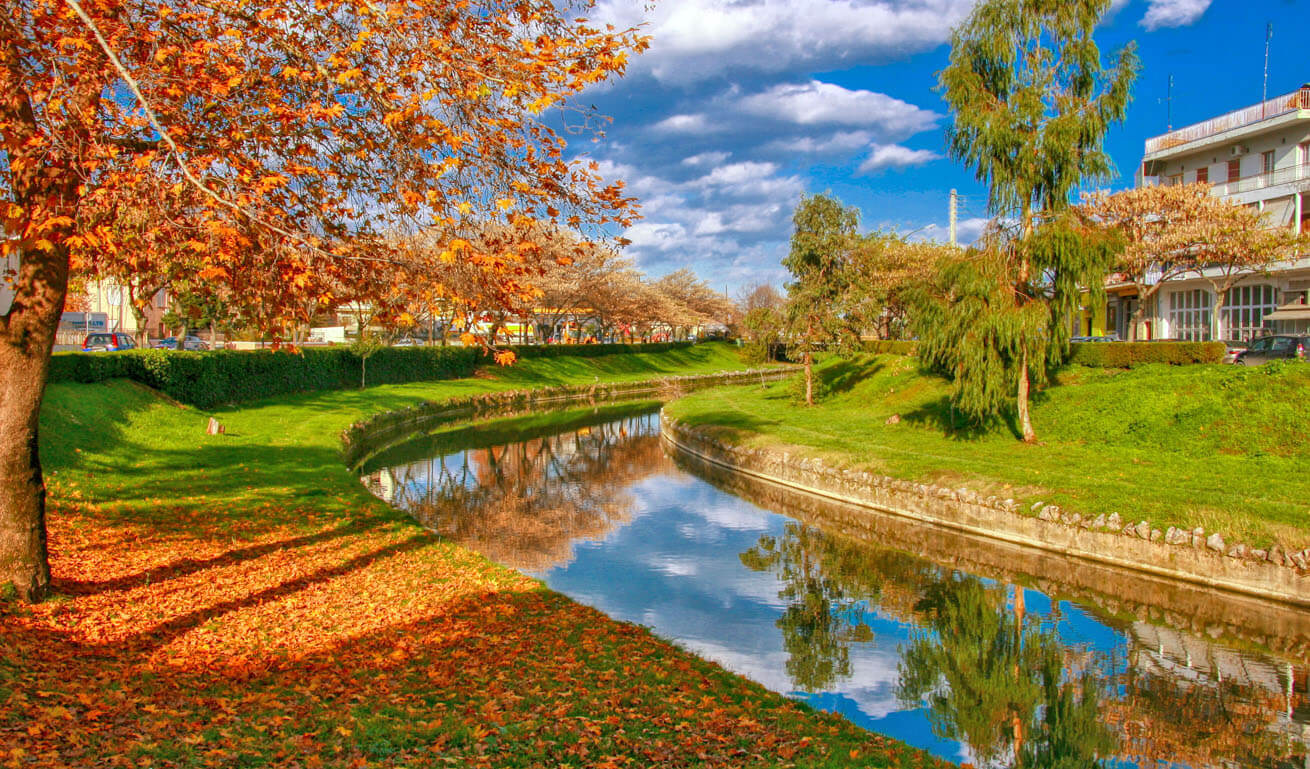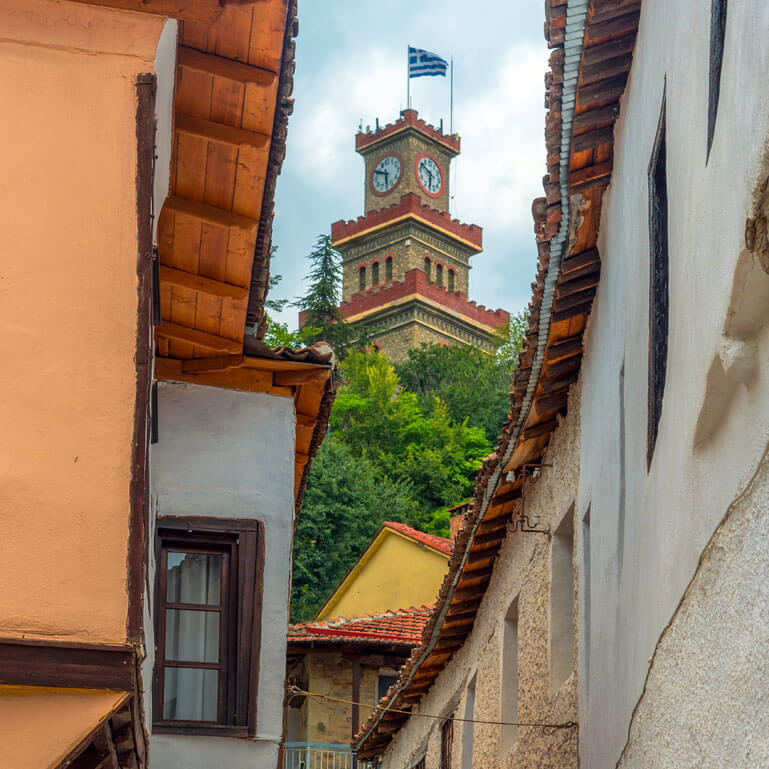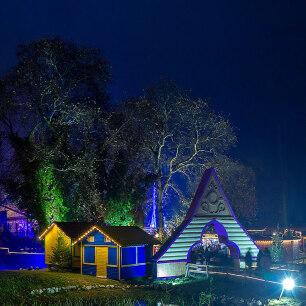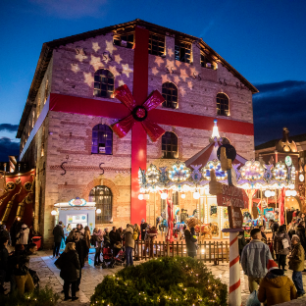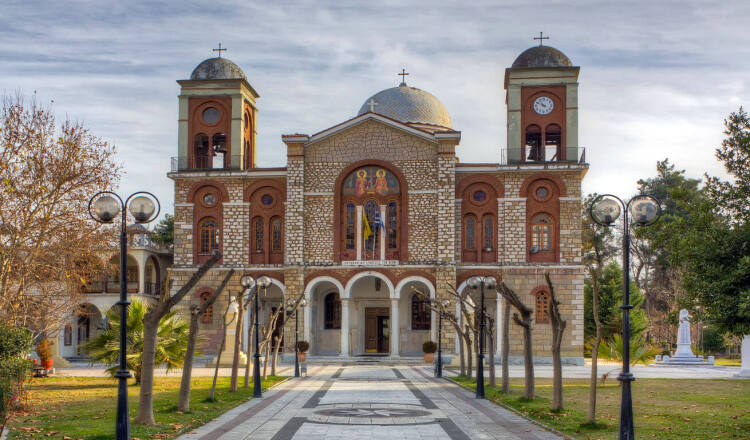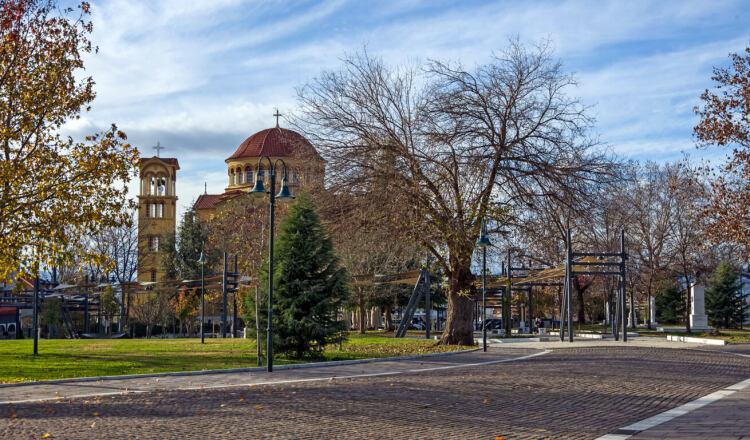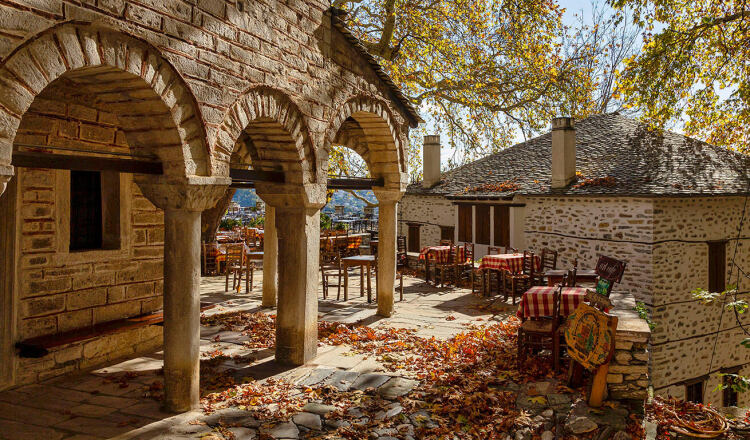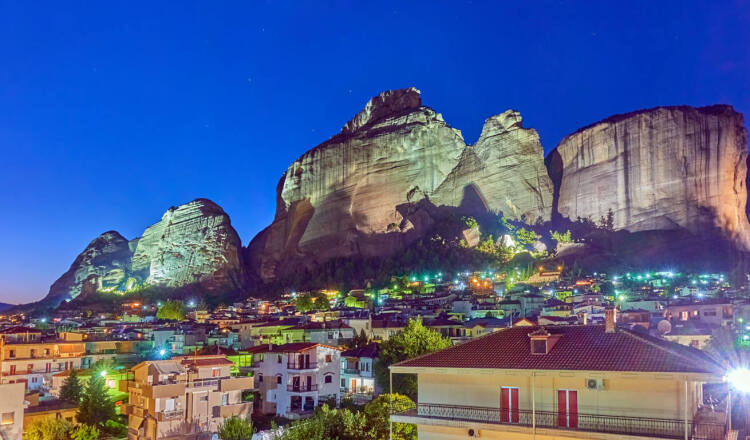
Trikala
NOW
4 °C
Next 5 days
-
WED
8 °C
-
THURS
11 °C
-
FRI
8 °C
-
SAT
11 °C
-
SUN
13 °C
Climatic Data
Source: National Observatory of Athens /meteo.gr
Let’s walk around
Go on with a romantic stroll along the banks of the Lithaios River (the river of Lithi = “forgetfulness” in mythology), which is a tributary of the Pinios. Ten bridges cross the river, the central one made of metal having been constructed by the French in 1886.
Walk up to the fortress towering above the hill north of the city. It is the well preserved Justinian fortress, today featuring a recreational area. On its east side there is the 17th century Clock, the emblem of the city, which has suffered destruction and restoration several times.
Alternatively, you can go around the beautiful city biking through the vast network of bicycle lanes the locals are so fond of and keen on using.
Must see attractions
- The ruins of the "most ancient and most eminent "Asklipion of Trikki", as it was called by Strabo, and its important extant Mosaics.
- The Archaeological Collection, displayed in a building under the fortress (25th of March St. & Machaonos St.)
- The Koursoum Mosque (16th century), at the entrance of the city coming from Karditsa.
- The Profitis Ilias Grove, also hosting a zoo.
- The central square Iroon Polytechniou, with a small lake in the middle.
- The central pedestrian street, Asklipiou with commercial stores and the most popular coffee shops. At the end of the Street there is the impressive City Railway Station, constructed in 1886.
- The Municipal Folklore museum in a historic building, No. 6 Garivaldi St.
- The Municipal Gallery and the Municipal Library.
- The Dorothea School (1875) used as an Exhibition Centre.
- The Centre of Folk Music exhibiting personal possessions of the famous composers from Trikala, such as Tsitsanis, Kaldaras, Virvos and others.
- The Kliafa Co, Centre for History and Culture. This is a multi-cultural centre that includes the City museum and is housed in the old ice factory of the Kliafa Company, a typical industrial building of 1926.
- The Katsikogianni museum (Pylis St, at Ampelakia square) exhibiting more than 1.000 paintings and 100 sculptures and designs.
- The Matsopoulos Mills (Pylis St, at the exit to Arta), located in a densely wooded area. It was built in 1884 and is now a cultural centre with a cinema, theatre, conference halls and event rooms, with a coffee shop.
Near-by destinations
The fir-clad Pindos mountain range with the traditional villages is there for you to discover. Elati and Pertouli (with its ski resort) and Pyli have developed to become famous destinations with winter holiday makers. At a stone’s throw there is also the world famous breathtaking site of Meteora, a unique geological phenomenon. Latest Events
VIEW ALL
BY CAR
From Athens take PATHE (Athens-Thessaloniki), and continue to Livadia-Lamia Road to Trikala, the journey is 4 hours. From Thessaloniki via PATHE (Athens-Thessaloniki) and continue via Larissa-Trikala Road lasts 2.5 hours.
